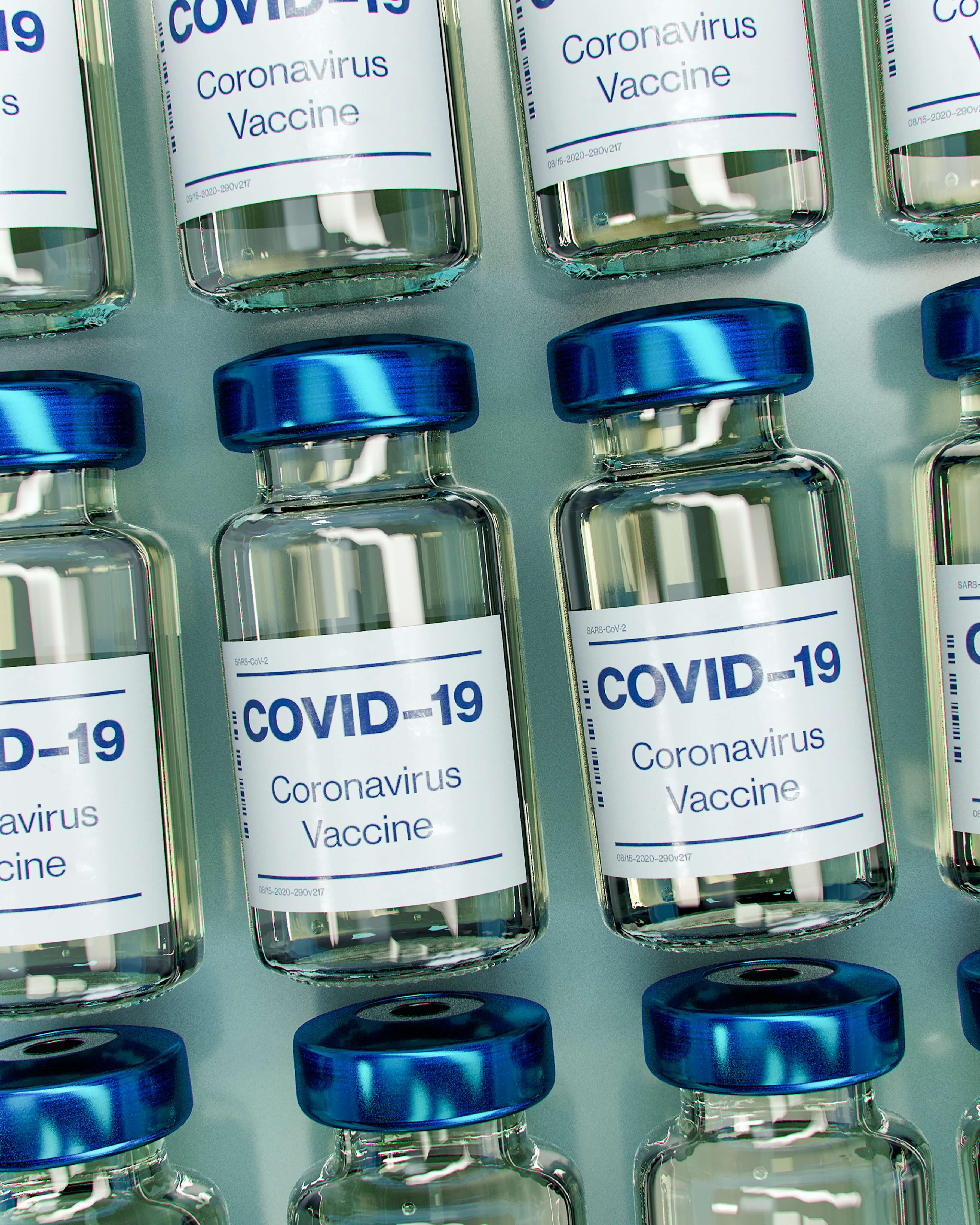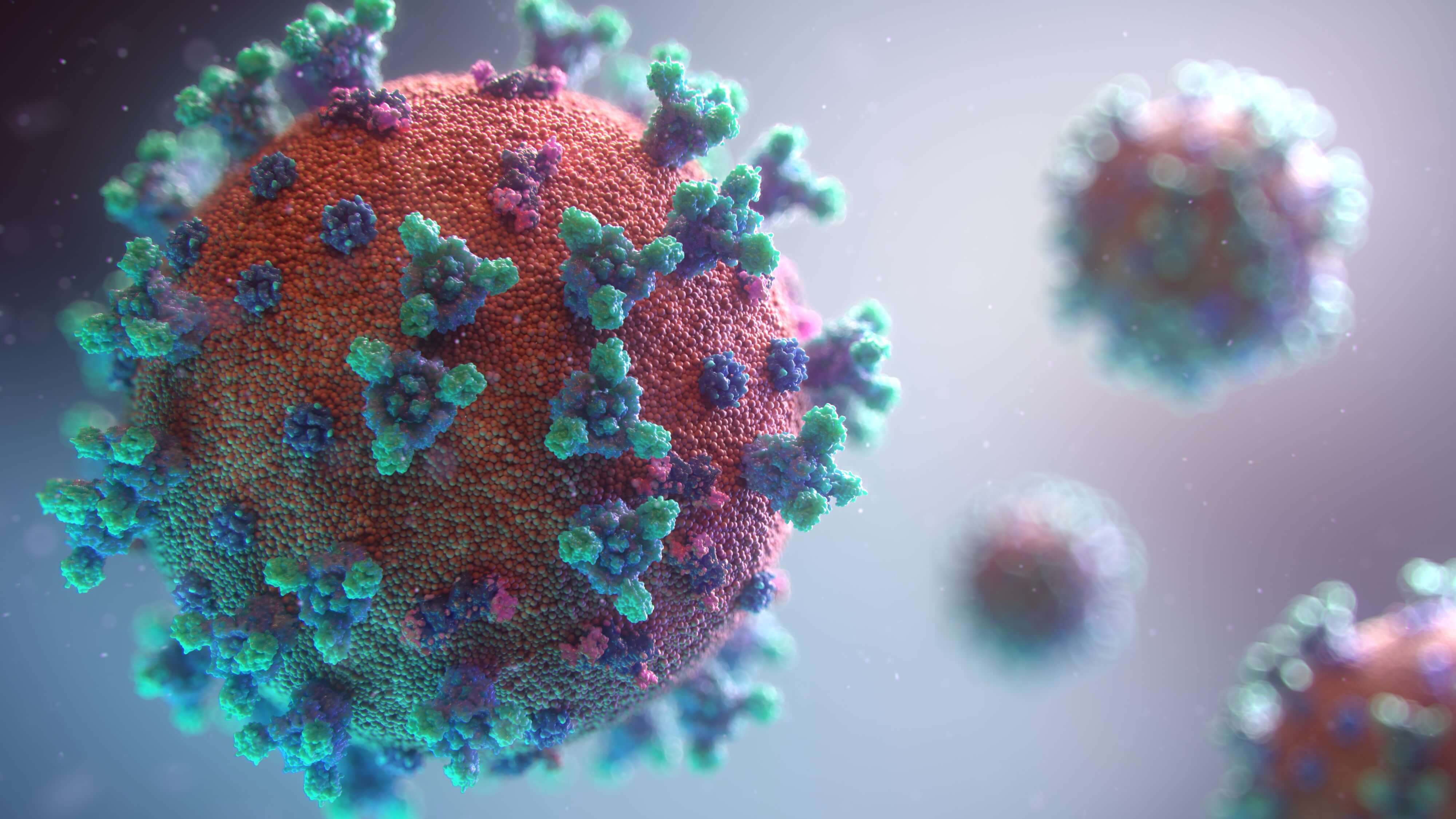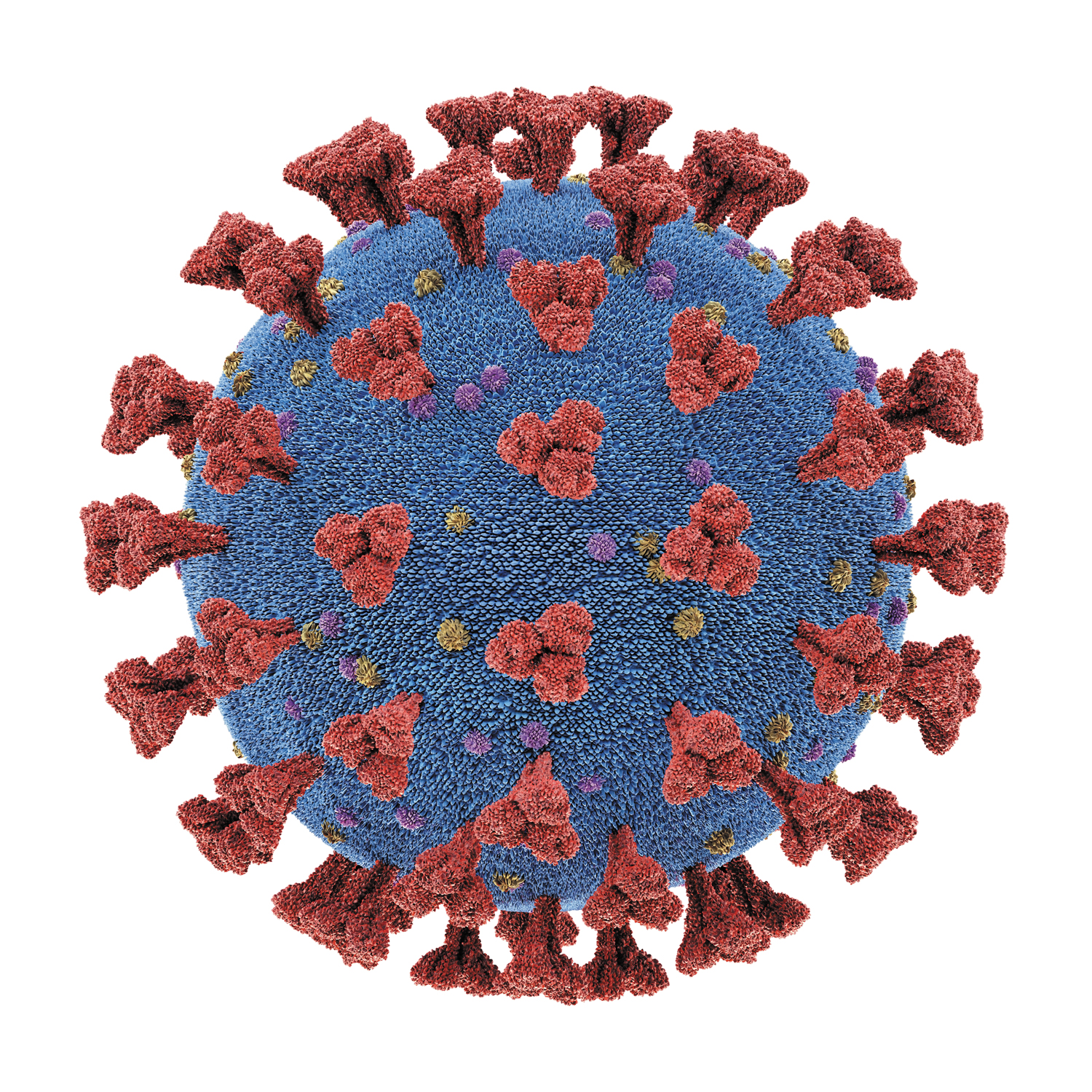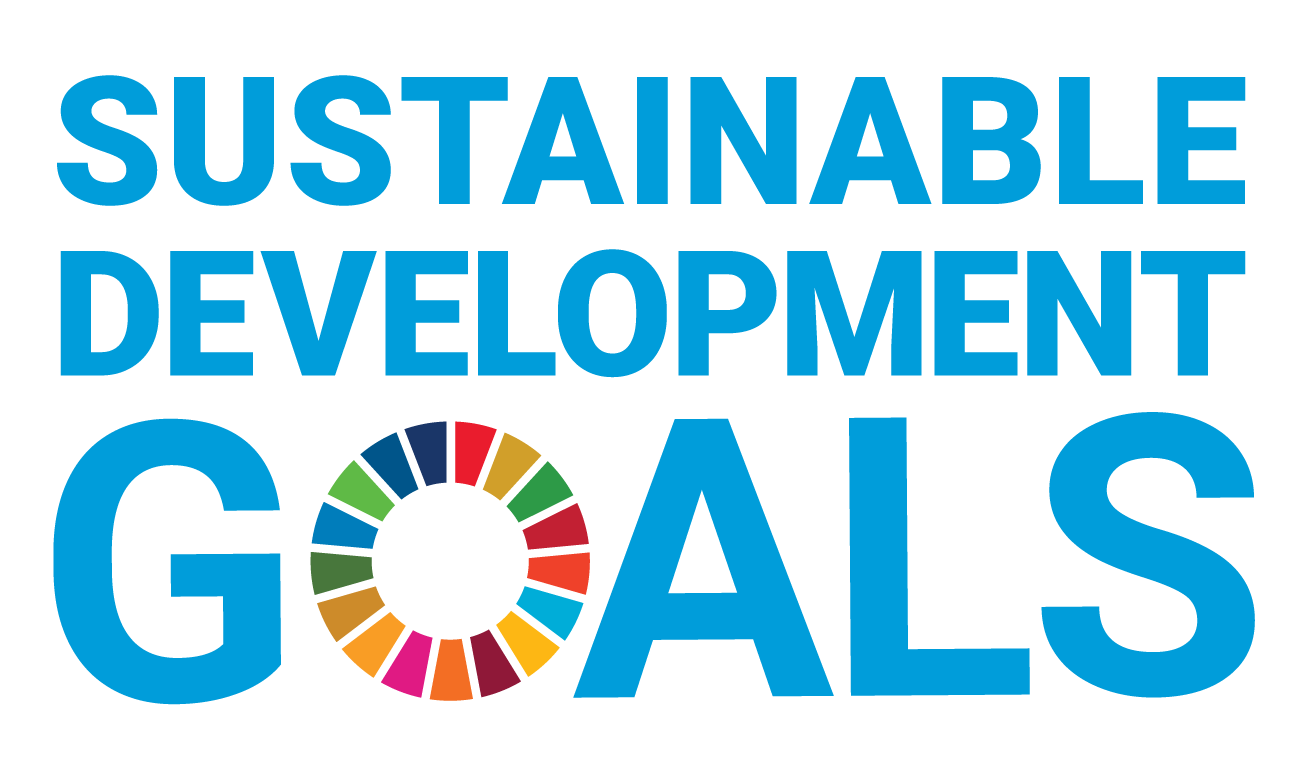You can search for courses, events, people, and anything else.
As the spread of COVID-19 rapidly accelerated in March 2020, Omar Mubin, an expert in human computer interaction from Western Sydney University, and his PhD student, Belal Alsinglawi, recognised that their modelling skills could contribute to the global research effort.
The management of a global pandemic is immensely complex, as COVID-19 has shown. One tool that scientists and policymakers use to aid decision making is computer modelling, which provides insights into levels of risk for different population groups, and can predict the possible outcomes of containment strategies such as lockdowns and social distancing.
Mubin’s team has published six high-profile papers, including two in the Journal of Medical Internet Research (JMIR) and Scientometrics, on modelling different aspects of COVID-19, from case studies analysing impacts of the virus on different regions, to evaluating the effectiveness of contact tracing apps from different countries.
“We had never focussed on disease trajectories or risks before. Our experience is in social robotics and machine learning for education and health applications,” says Mubin. “However, we understood that forecasting is a true asset in a rapidly changing situation such as COVID-19. Prediction tools can buy governments valuable time, even a few days can make a real difference to hospitalisation numbers and mortality rates.”
“Our projects quickly grew, and we combined forces with epidemiologists, medical experts, and computing and statistics experts across the globe in a multidisciplinary effort to keep pace with the evolving situation,” says Alsinglawi.
The team used a case study approach, developing models that compared different regions. One key collaborator, Fady Alnajjar, an AI and robotics specialist at the United Arab Emirates University, was part of a taskforce assigned by the UAE University to provide advice on COVID-19 management in the country.
Mubin, Alnajjar, and co-workers conducted a case study comparing the spread of COVID-19 and hospitalisations in the United Arab Emirates with the state of Victoria, Australia. They also built a risk assessment model that could forecast estimated cases, basic reproduction numbers (or R-numbers), potential hospitalisations, the impact on the healthcare system and the efficacy of different social restrictions. Their model was well-received by the UAE University taskforce, which used it to advise on a pandemic response strategy.
“The model informed key decisions, such as which hospitals should be mobilised and when,” says Alnajjar. “Our research continues, although now it has shifted to managing life with COVID-19. For example, we are following patients who have long COVID closely, and keeping track of those people who have been infected multiple times.”
These earlier models did not include vaccination data, because no vaccines were available at the time. Their results, published in Frontiers in Public Health, confirmed that stringent lockdown measures did not necessarily correlate to a country’s level of risk. The highest risk remained in those countries with ageing populations. Vaccines have transformed the trajectory of COVID-19 in many countries, notes Mubin, and the models are being updated to reflect this.
One silver lining of the pandemic is that COVID-19 has provided scientists with big data which they can use to train AI and machine learning algorithms for modelling future pandemics.
“Integrated, richer datasets lead to improved insights and higher preparedness,” says Alsinglawi. “We will continue to analyse data on the ramifications of this pandemic for years to come.”
“Whatever the need of the hour is, we will work to address it,” says Mubin. “We will be involved in studies examining mental health following COVID-19, long COVID patient care, and we’ll contribute to the management of life with COVID in Australia and beyond.”
Meet the Academic | Dr Omar Mubin
Dr Omar Mubin is a senior academic and researcher in Human Computer Interaction in the School of Computer, Data and Mathematical Sciences. He is also currently acting Associate Dean, Higher Degree Research at his faculty. Dr Mubin's primary research interests are human robot interaction and human-agent interaction. Specifically, he studies social robotics and agents and their applications and consequently interaction with humans in education, public spaces and information dissemination scenarios. Dr Mubin is involved in teaching and supervising (undergrad and postgrad) students in the broader area of Human Computer Interaction, Mobile Computing and Health Informatics. He also has a growing interest in the field of Scientometrics and using that to understand the evolution of (applied) research.
Credit
Future-Makers is published for Western Sydney University by Nature Research Custom Media, part of Springer Nature.
© Art4stock/Science Photo Library/Getty
© Fusion Medical Animation/Unsplash
© Daniel Schludi/ Unsplash







